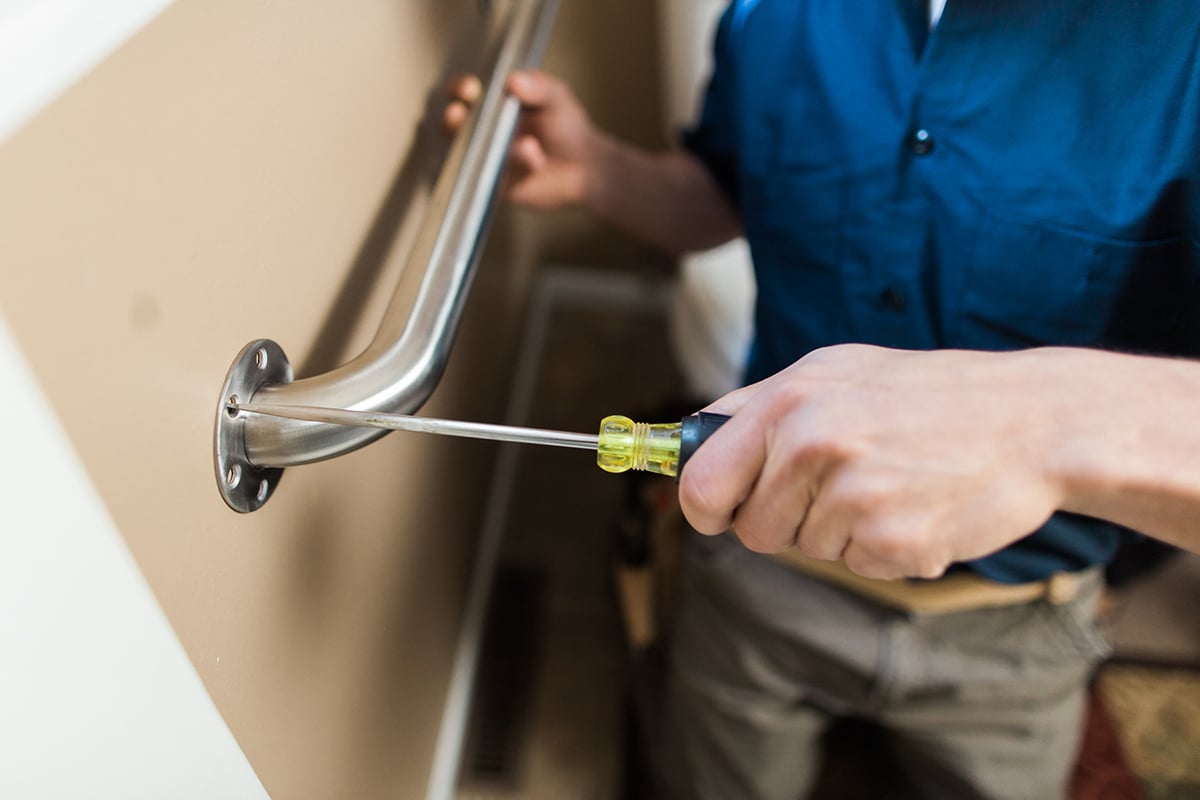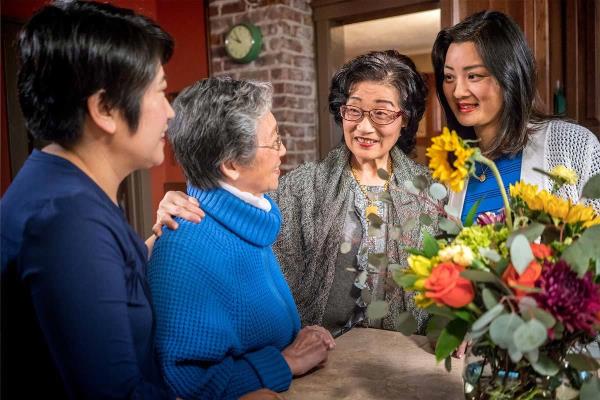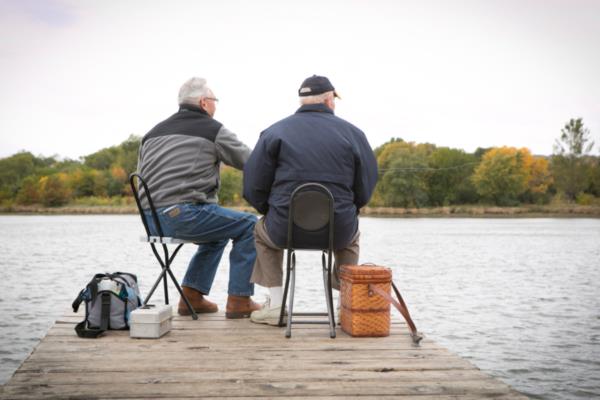If you are part of a family that includes a loved one living with Alzheimer’s disease, it’s important to remember that one of the keys to aging at home is doing so safely. A diagnosis of Alzheimer’s disease does not have to signal the loss of independence and freedom. Research from the Canadian Institute or Health Information indicates that 261,000 seniors with dementia in Canada live outside of publicly funded long-term care or nursing homes.
Safety at home begins with adapting the environment to support the changing abilities of the person with Alzheimer's. Be sure to re-evaluate home safety measures regularly as the disease progresses.
A person with dementia may be at risk in certain areas of the home or outdoors. Pay special attention to garages, work rooms, basements and outside areas. Inside the home, there are simple things you can do to modify your kitchen, living room, bathrooms and bedrooms to make them safer for the person living with Alzheimer’s. This home safety checklist can help you assess what areas of the home need review. Consider the following:
Tips to Help Safeguard a Home
- Invest in installed, working fire extinguishers and smoke detectors.
- Lock or disguise hazardous areas using child-proof locks and doorknob covers.
- Limit access to places with knives, appliances and poisonous chemicals.
- Install grab bars in the bathroom to allow for independent, safe movement.
- Once the person in your care has gotten used to where the furniture is, do not change it.
- Make sure the armrests of a favourite chair are long enough to help the person get up and down.
- Add cushioning to sharp corners on furniture, cabinets, and vanities.
- Cover exposed hot-water pipes.
- Use child-proof plugs in all electrical outlets.
- Lock the cellar and garage doors; hide the garage remote control.
- Install safety latches/locks on the doors and fenced/ gated exteriors. Install alarms on the doors.
- Store car keys in a locked container.
Prevent Trip Hazards
- Add textured stickers to slippery surfaces, remove throw rugs, minimize clutter and limit access to stairs to reduce risk of falls.
- Remove clutter and any furniture that is not needed.
- Place remaining furniture so that there is enough space for a walker or wheelchair.
- Make sure furniture will not move if it is leaned on.
- Remove all hazards that might lead to tripping.
- Adjust or remove rapidly closing doors.
In addition, consider enrolling a loved one with dementia in an emergency response service designed specifically for individuals with Alzheimer's or a related dementia who wander or may have a medical emergency. Should the individual become lost, a caregiver can report the situation to law enforcement agencies that will work to get the individual home safely. Check with the MedicAlert Foundation for more information about this service.
If you enlist the help of caregiving professionals to provide care for your loved one with Alzheimer's or dementia, they’ll be able to point out additional suggestions to make your home a safe environment. Companies such as Home Instead typically provide a home safety evaluation as part of their initial in-home assessment to offer recommendations specific to your living space and the needs of the person with Alzheimer’s or dementia.Person-Centered Dementia Care
Home Instead Care Professionals are trained using a one-of-a-kind protocol for Alzheimer’s and other dementias. Our person-centered approach honors your loved one and preserves their dignity.




